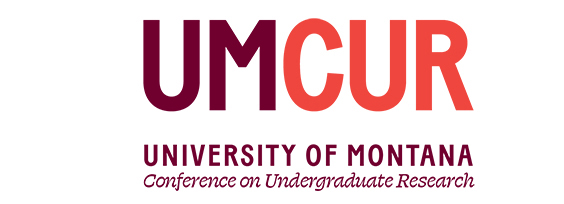Franke Global Leadership Initiative (GLI) Oral Presentations
Project Type
Presentation
Faculty Mentor’s Full Name
Brittany Palmer
Abstract / Artist's Statement
The frequency and severity of wildfires have increased around the world within the last two decades due to shifts in land management practices, climate change, and other factors. The effects of these fires have led to an inaccurate public perception of wildfire as a whole. This overly-simplified, vilified perception of wildfire obscures the role that it has played in shaping landscapes for thousands of years, and how indigenous peoples have applied fire to take care of landscapes.
We sought to empower future generations to better coexist with wildfire by changing this public perception through a children’s book. Over the course of the 2022-2023 academic year, we researched fire management practices, fire ecology, and the ways that children learn. We also interviewed experts on prescribed and cultural burning in the United States and Australia. We chose these two settings to focus on due to the similarities they share in terms of their fire-adapted landscapes and management histories. We then crafted our story based on the lessons learned in our research and interviews.
Our target audience is children who are in the third grade (ages eight to nine). This is an age where pictures are still impactful and nuanced concepts are also appropriate. Our story addresses three main points: wildfire is a natural ecological process, wildfire is a place-based phenomenon, and wildfire can be used by people to curate landscapes through cultural and prescribed burns. Full-spread illustrations make the book appealing and impactful.
The book will be distributed to several organizations in Montana and western Australia that interact with children and parents. Since children are the future fire managers and will live with increased wildfire, their understanding of fire as a tool is vital to future management. Developing a nuanced public perception of wildfire will create a more supportive environment for healthy landscape management.
Category
Franke Global Leadership Initiative
Preparing the Younger Generation for a Better Future with Wildfire
UC 220
The frequency and severity of wildfires have increased around the world within the last two decades due to shifts in land management practices, climate change, and other factors. The effects of these fires have led to an inaccurate public perception of wildfire as a whole. This overly-simplified, vilified perception of wildfire obscures the role that it has played in shaping landscapes for thousands of years, and how indigenous peoples have applied fire to take care of landscapes.
We sought to empower future generations to better coexist with wildfire by changing this public perception through a children’s book. Over the course of the 2022-2023 academic year, we researched fire management practices, fire ecology, and the ways that children learn. We also interviewed experts on prescribed and cultural burning in the United States and Australia. We chose these two settings to focus on due to the similarities they share in terms of their fire-adapted landscapes and management histories. We then crafted our story based on the lessons learned in our research and interviews.
Our target audience is children who are in the third grade (ages eight to nine). This is an age where pictures are still impactful and nuanced concepts are also appropriate. Our story addresses three main points: wildfire is a natural ecological process, wildfire is a place-based phenomenon, and wildfire can be used by people to curate landscapes through cultural and prescribed burns. Full-spread illustrations make the book appealing and impactful.
The book will be distributed to several organizations in Montana and western Australia that interact with children and parents. Since children are the future fire managers and will live with increased wildfire, their understanding of fire as a tool is vital to future management. Developing a nuanced public perception of wildfire will create a more supportive environment for healthy landscape management.
